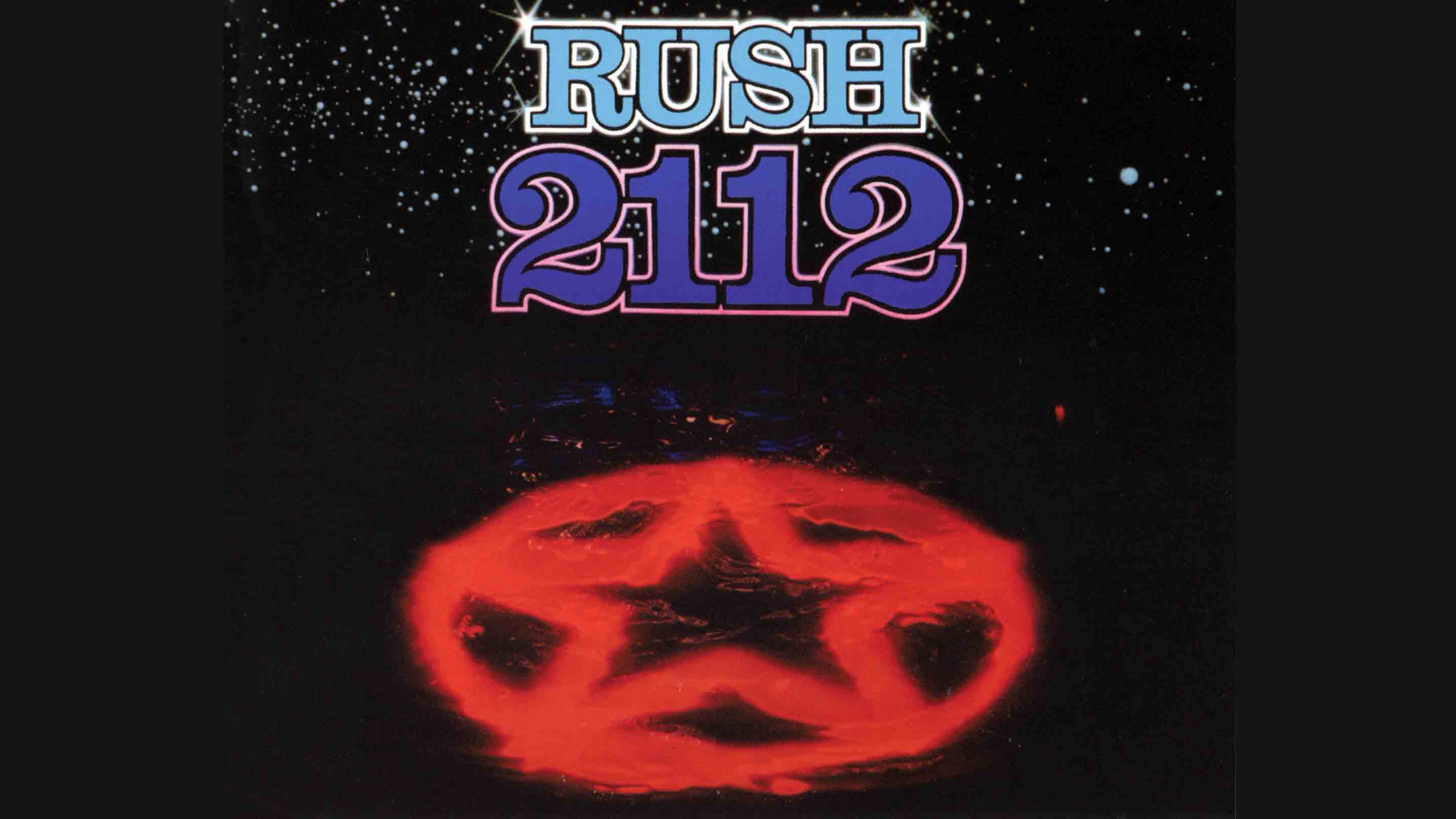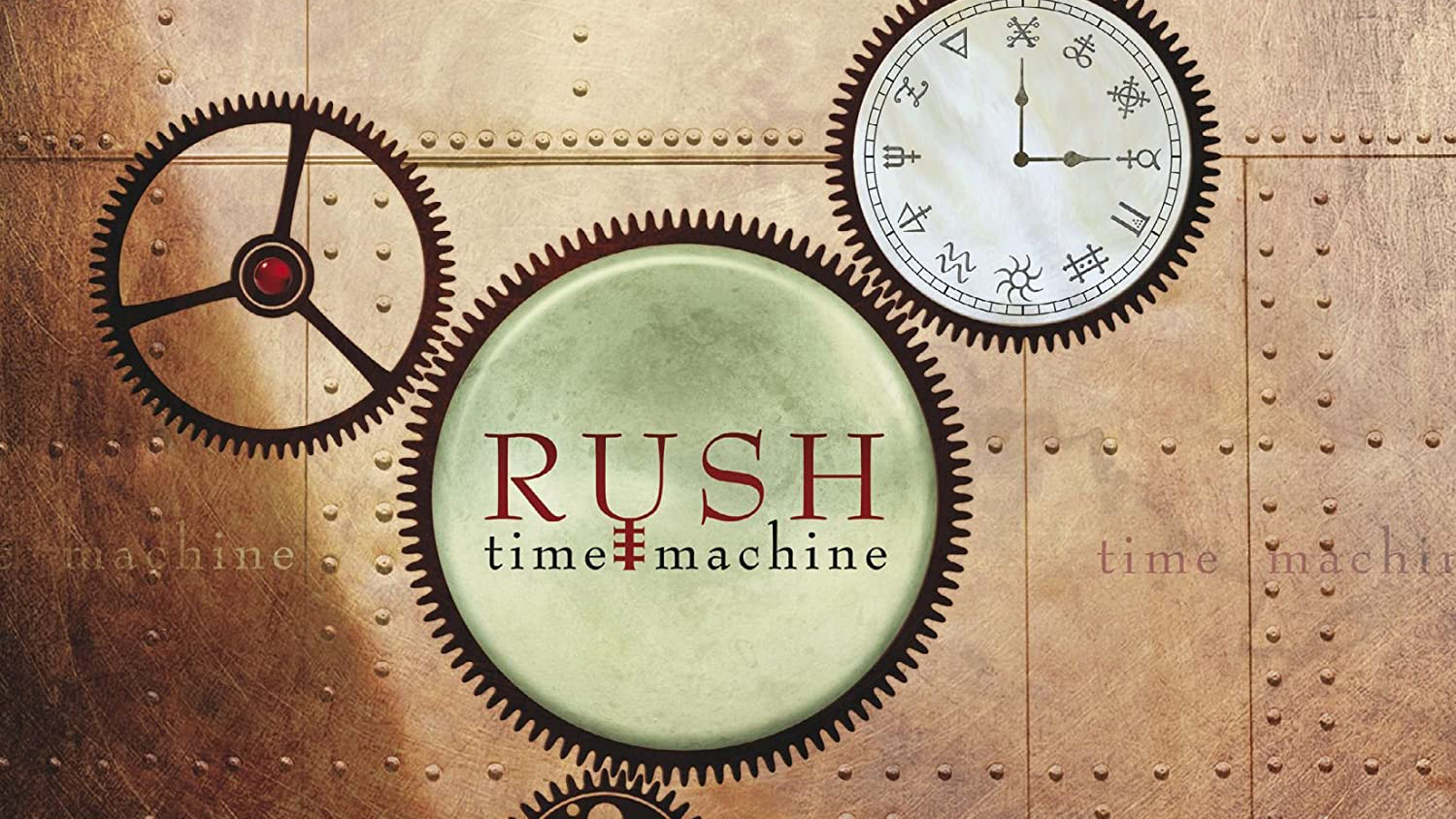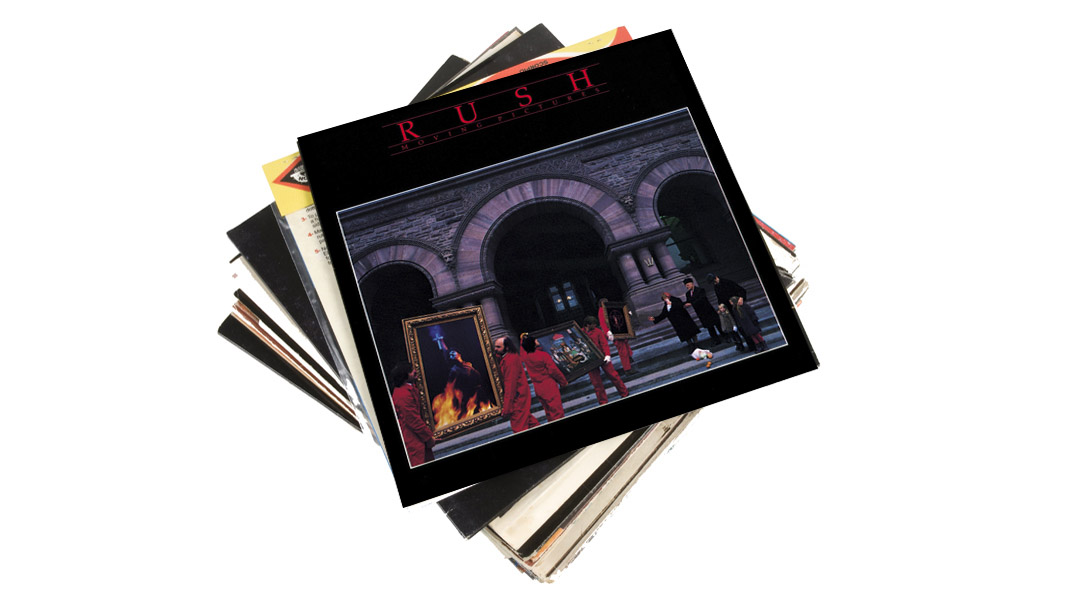"Each time I'm about to play it, I take a deep breath and I exhale on that first note": 5 songs guitarists need to hear by… Rush
Songs in the key of Lifeson
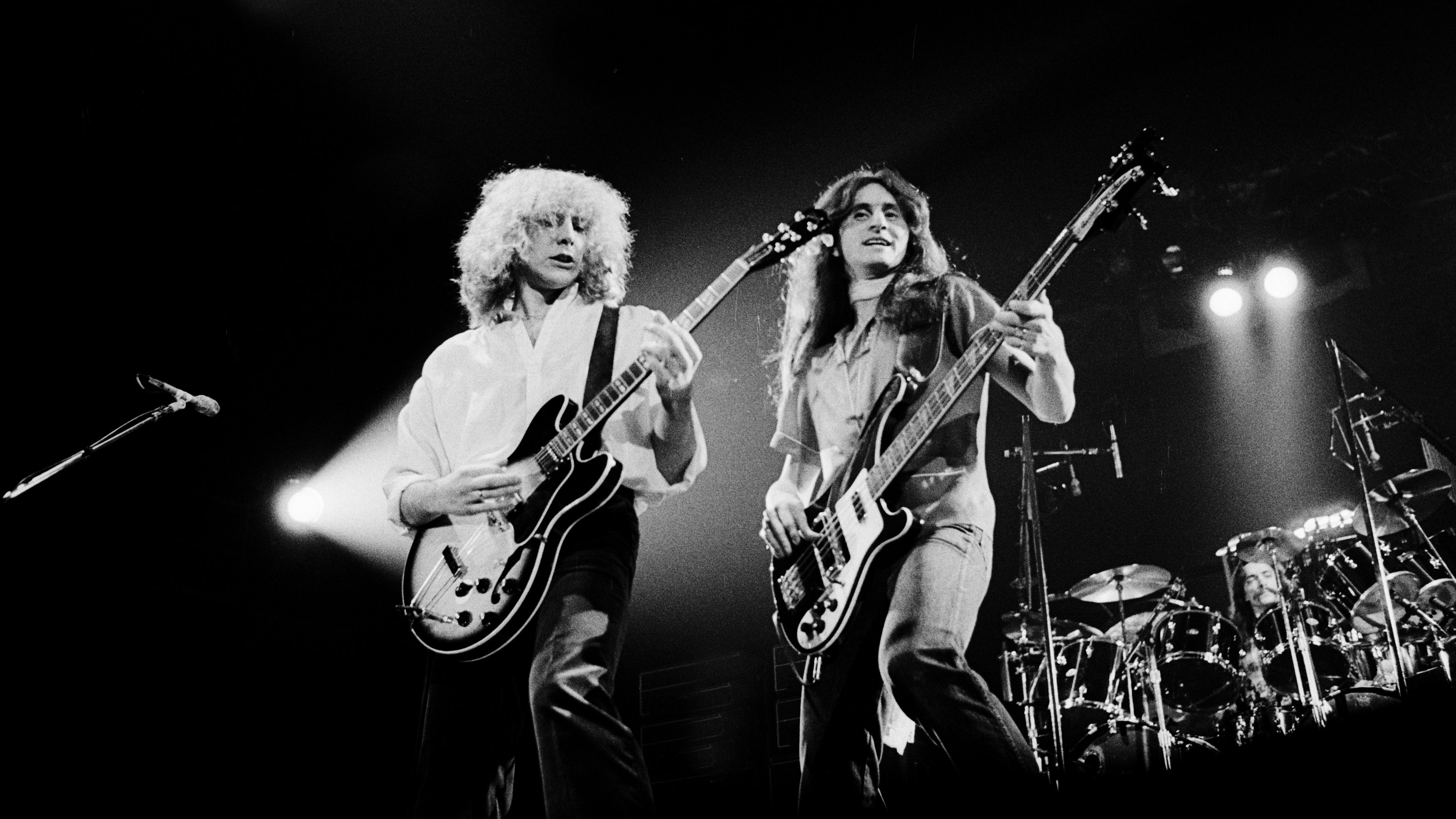
When the son of Yugoslav immigrants, Alex Lifeson née Živojinović, and a local lad from a close-knit Jewish family, Gary ‘Geddy’ Lee Weinrib, met at Fisherville High School on the outskirts of Toronto in the late sixties, little did they know that the Zeppelin-lite combo they would ultimately form would go on to be one of rock’s most revered.
Rush’s first gig was in the basement of a church in 1968 and, right up to what would be their final outing, at LA’s Inglewood Forum on 1st August 2015, they enjoyed a career that produced some of rock’s most stylistically diverse and enchanting music.
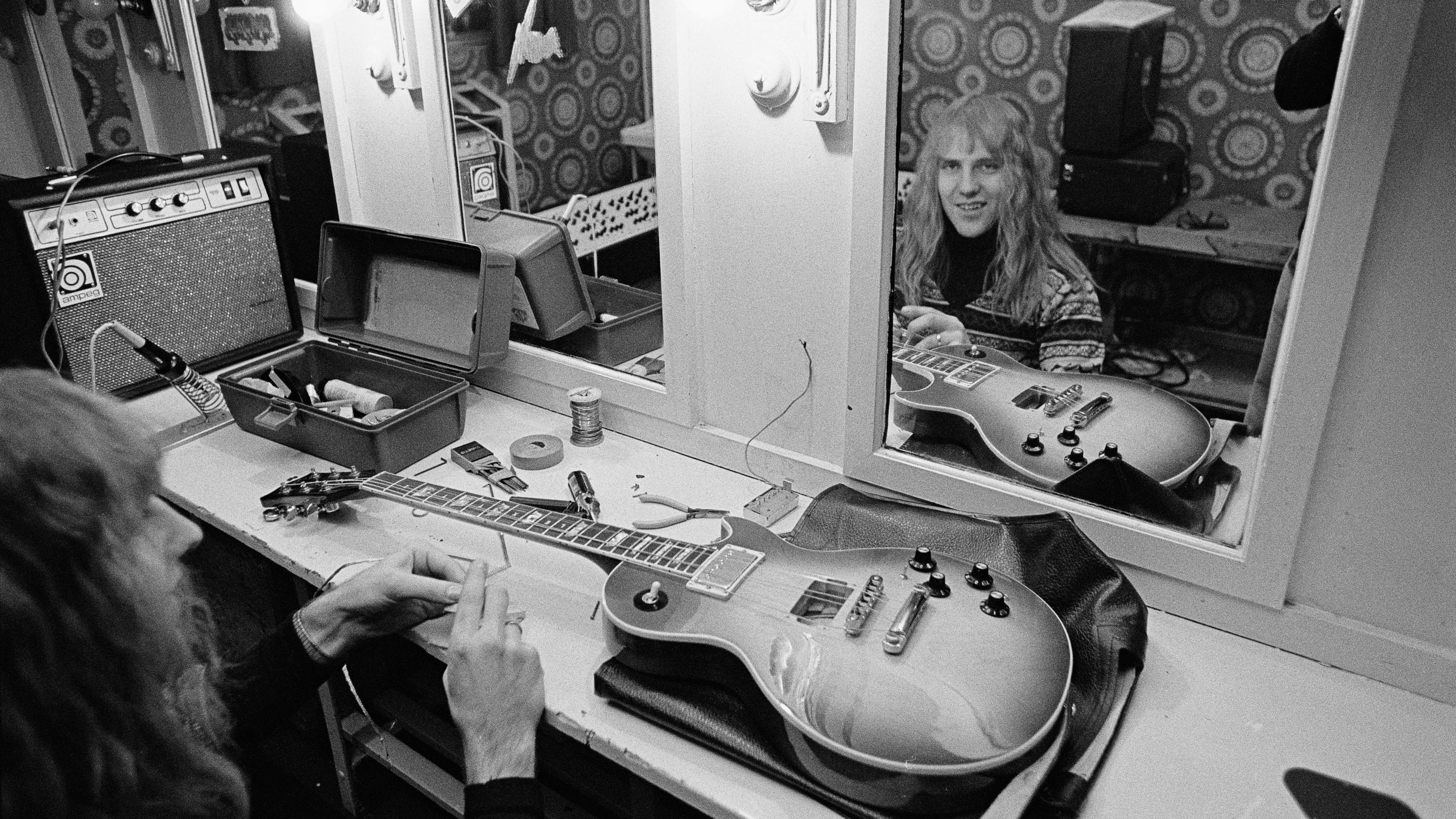
The tragic and devastating death of drummer Neil Peart in early 2020 put an end to such treasures, but if you’re a guitarist who’s struggling to find a way into the band’s exhaustive back-catalogue, we invite you to give these suggestions a try.
1. Fly By Night (Fly By Night, 1975)
By the time Rush convened for their second album they had many months of touring under their belts, playing with the likes of Kiss, Rory Gallagher and Blue Öyster Cult, amongst many others.
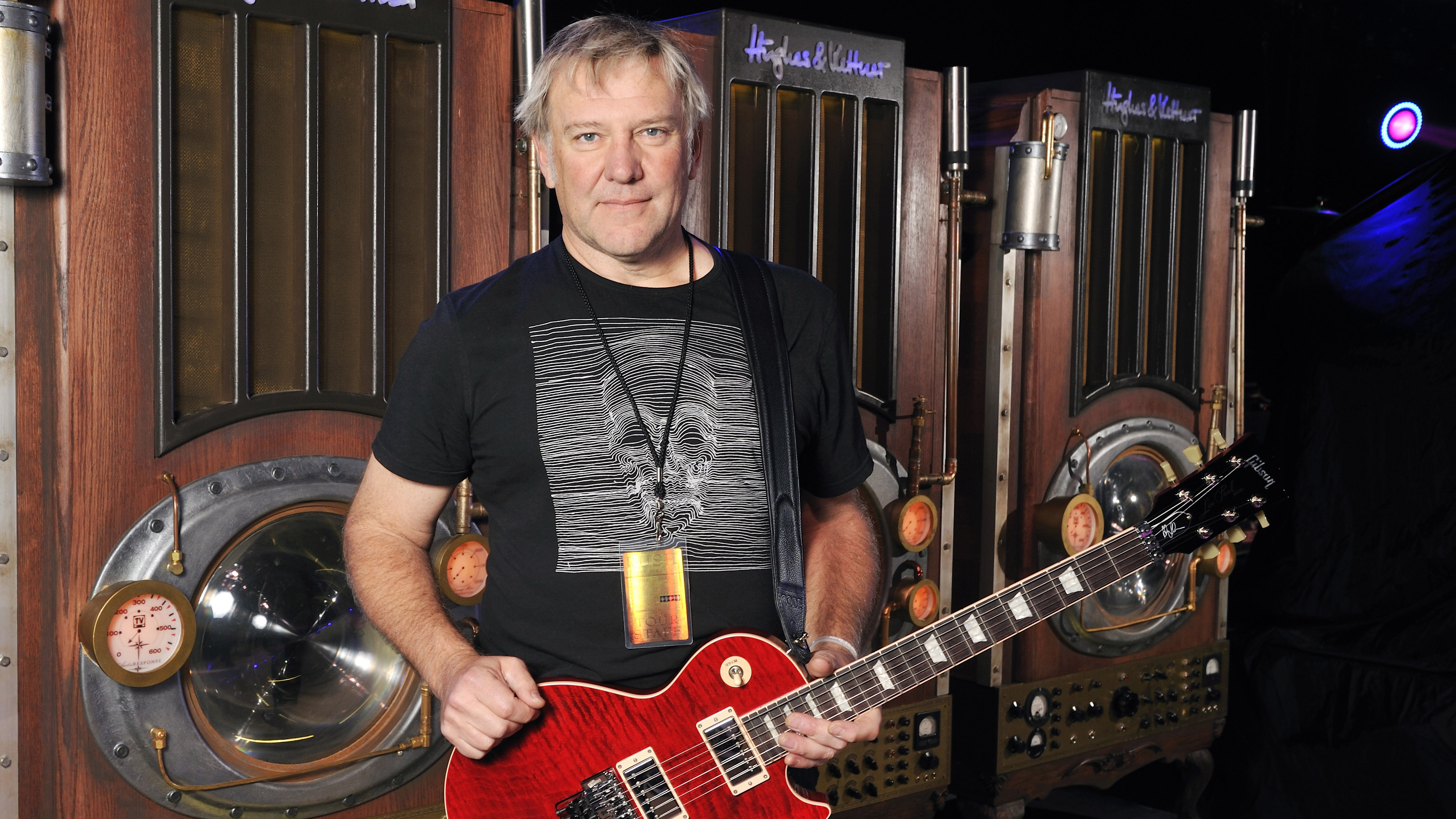
Of far more significance was that the original drummer, the late John Rutsey, had made way for the son of a farm equipment salesman from rural Ontario, one Neil Ellwood Peart, and history beckoned.
As an album, Fly By Night has glimpses of the melodies and song structures that were to become the band’s trademark throughout the seventies and beyond, and the song itself was the catchiest Rush had come up with to date.
Introduced by the lovely open chime of Lifeson’s trusty Gibson ES-335 and egged along by Peart’s hi-hat, this is the ideal example of where the band was at the time and even Lee’s uniquely shrill vocals, described by one rather cruel journalist as sounding akin to "a rat caught in a wringer", fit perfectly. The band was finally on the up.
Get the MusicRadar Newsletter
Want all the hottest music and gear news, reviews, deals, features and more, direct to your inbox? Sign up here.
2. A Passage To Bangkok (2112, 1976)
By early 1976 the band’s popularity was already beginning to wane, with diminishing sales of both albums and concert tickets making for a tense time. The band’s third record Caress of Steel, also released in 1975, had bombed and so, with the record company loudly demanding more singles from their next opus, they decided they may as well go out with a bang. Rush strode into Toronto Sound Studios with producer Terry Brown and the result was the million-selling, genre-defining 2112.
There’s more to the album than the lengthy seven-part title track that comprised side one, the story of the oppression of music by the dystopian Solar Federation and its eventual comeuppance, as A Passage To Bangkok demonstrates.
Eschewing such high ground in favour of a tale concerning, quite simply, the consumption of Marley grass, the suitably woozy intro riff leads to a chopsticks-style guitar lick that leaves the listener in no doubt as to the song’s destination.
The tongue-in-cheek lyrics follow the Thailand Express on its circuitous route through Columbia, Morocco, Afghanistan and Kathmandu in search of yet another ounce and the song is, if you’ll excuse the pun, a blast.
“It was kind of a relief from the 20 minutes of intensity.” Lee commented, and he’s right.
3. La Villa Strangiato (Hemispheres, 1978)
Inspired by a series of nightmares Lifeson had been experiencing, this dense piece of instrumental prog brilliance closes the opulent Hemispheres album and thus represents the close of the band’s lauded ‘swords and sorcery’ period.
Incredibly the base track; all dynamics, contrasting moods and intertwining time signatures, was laid down in one complete take after an entire week of focused rehearsals during which the band almost gave up hope of achieving the immediacy they were after.
However this dedication was certainly rewarded and the mesmerising guitar solo section, which sees Lifeson float some gorgeous volume swells into the ether before fully indulging his Jimmy Page fantasies just once more, is arguably his best effort of the time and is mentioned as an influence by players as diverse as Kirk Hammett and Billy Corgan.
Lifeson told MusicRadar.com in 2010 that the solo has risen up in his own rankings too: "I'd have to say that the solo in La Villa Strangiato is starting to catch up to Limelight as my favorite to play live, and for the same reasons: It's quite emotive, and it's got a very bluesy, almost minor-ish feel to it.
"Also, the music that surrounds the solo - everything Geddy and Neil are doing - is incredible. It feels great to play it on my 355, which is the guitar I recorded it with. All in all, it's a wonderful moment."
Rush would never be as over-the-top again and the ensuing change of direction apparent on the next album, 1980’s Permanent Waves, led to true global fame.
4. Limelight (Moving Pictures, 1981)
Following the huge success of Permanent Waves’ lead track The Spirit Of Radio the band now found themselves in the unwelcome glare of celebrity, something that Peart in particular was never comfortable dealing with.
The heartfelt confession of the lyrics deals with this head-on ("I can't pretend a stranger is a long awaited friend") and are in contrast to the bulk of the music, which is bouncy, upbeat and full of tricky riffs, arpeggiated chords and imaginative licks.
The composition is mostly set in mixed time signatures and sliding meters that flirt with straight-ahead 7/4 and although highly complex the music remains exceedingly catchy. If you fancy playing along to something that properly tests your dexterity, phrasing and time-keeping, grab a chorus pedal and give this a shot.
"I love the elasticity of the solo," Lifeson told MusicRadar in 2009. It's a very emotional piece of music for me to play. The song is about loneliness and isolation, and I think the solo reflects that. There's a lot of heart in it. It's a feel thing: you have to feel a solo as you play it, otherwise it's going to sound stiff.
"I never had that problem with Limelight. The first time I laid it down in the studio, I feel a real attachment to it and I could tell it was special. Even now, it's my favorite solo to perform live. I never get tired of it. Each time I'm about to play it, I take a deep breath and I exhale on that first note. I guess that sounds corny, but for me, it releases something."
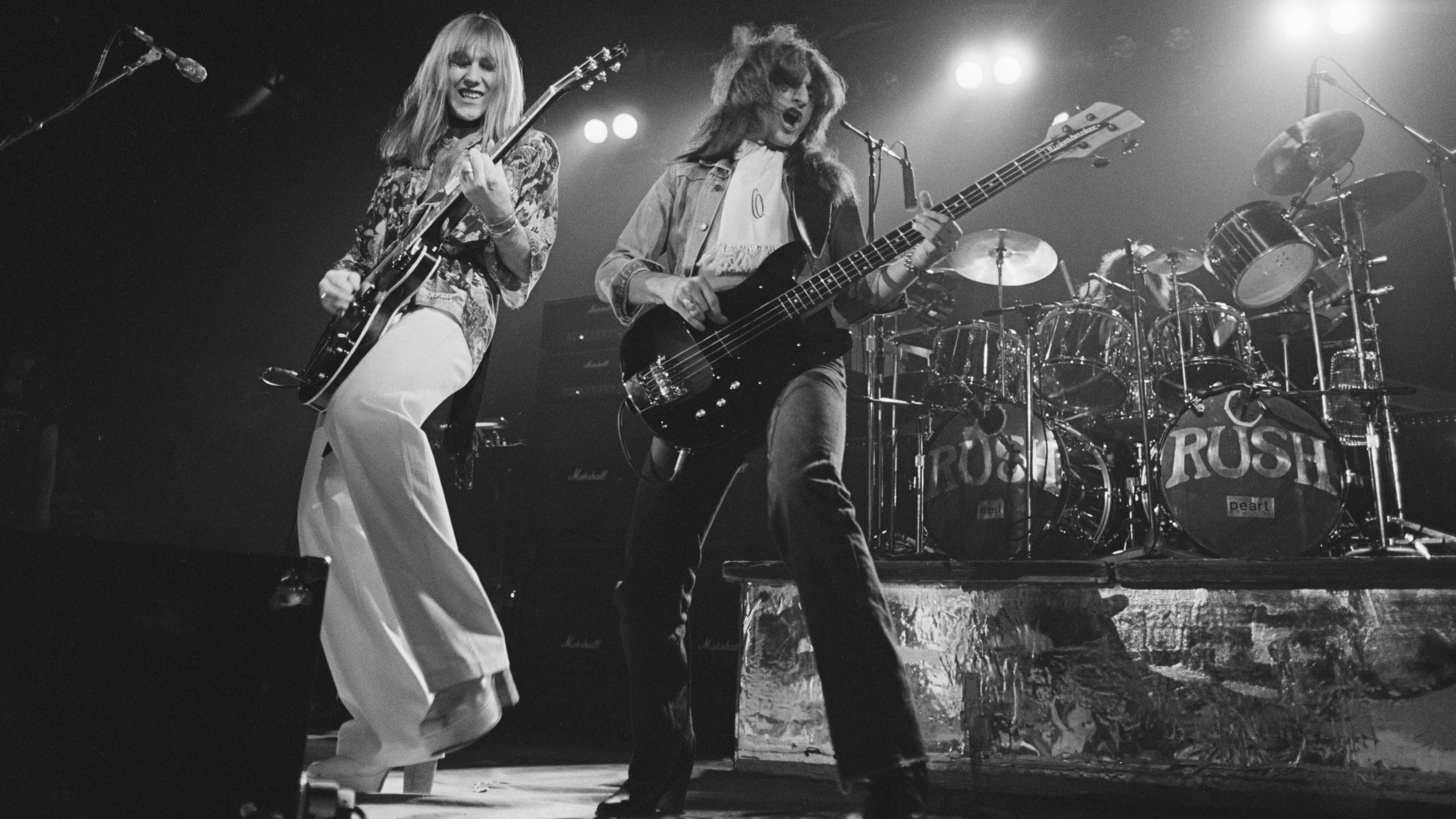
Though Lifeson used his white Gibson ES-355 for most of the album’s tracking, that wonderful mournful solo makes use of a proper whammy-equipped guitar (reportedly a modded Bill Lawrence humbucker-loaded S-type you can see in the song's video above) rather than the latter’s rather limited Maestro vibrola system, and notes and harmonics slide into each other with masterful skill.
“Normally, live I have a few delays set up,” Lifeson told Songmaster.com of his delay approach on the solo, “one that is a fairly medium length delay of around 480ms and then I have a second delay that’s set up for 680ms with more repeats so that you can get all these cascading notes tripping over each other over the main part of what the solo is."
Most rock fans should be aware of Moving Pictures by now and not only is it Rush’s best album, it’s also one rock’s finest; a true cornucopia of riches.
5. The Anarchist (Clockwork Angels, 2012)
What would turn out to be the band’s final album saw them return to their conceptual roots with a brace of songs that served a central story set in a dystopian steampunk world. The full tale is available in a book penned by Peart and noted sci-fi author Kevin J. Anderson.
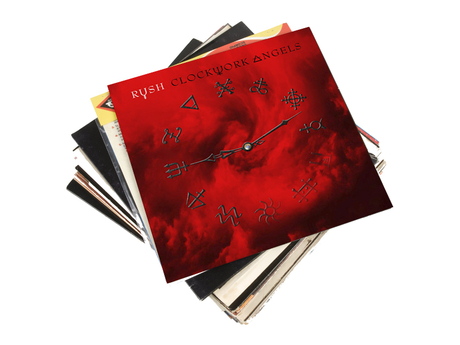
Lee’s bass shamelessly takes centre stage and drives the melody with gusto, backed up by some virulent guitar rhythm work that harks back to the band’s earliest days. Lifeson went on record saying he held himself back from overlayering guitars, even at the demo stage, as he wanted to retain a live dynamic to his parts.
"It’s an in-your-face song," Lifeson told MusicRadar in 2012, "and it’s a powerful part of the whole suite.
“If you listen to the demo and the final version, they’re pretty close, although a couple of things are different. There’s an instrumental melody line that Nick got us to think about that really gives the song its signature. The rest of it is pretty much the same as it was on the demo. It has an Eastern influence, which is somewhere we’ve gone before; it’s something we all feel and like a lot."
A string section adds lushness before a solo peppered with precise whammy dips and dives cap things off, and their studio swansong provided a fascinating conclusion to see how far the trio went in the best part of half a century.
Rest in peace, Neil.
Simon Bradley is a guitar and especially rock guitar expert who worked for Guitarist magazine and has in the past contributed to world-leading music and guitar titles like MusicRadar (obviously), Guitarist, Guitar World and Louder. What he doesn't know about Brian May's playing and, especially, the Red Special, isn't worth knowing.
“Every note counts and fits perfectly”: Kirk Hammett names his best Metallica solo – and no, it’s not One or Master Of Puppets
“I can write anything... Just tell me what you want. You want death metal in C? Okay, here it is. A little country and western? Reggae, blues, whatever”: Yngwie Malmsteen on classical epiphanies, modern art and why he embraces the cliff edge
